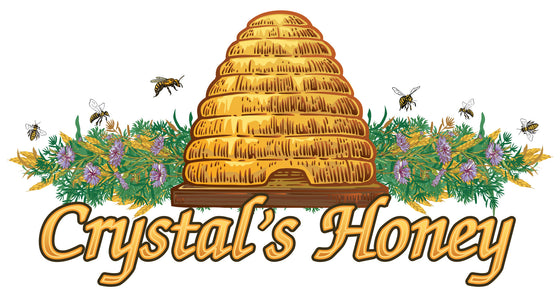Even before recorded history, human beings have found bees captivating. Their intelligence, their work ethic, their ferocity—maybe we’ve always seen a little of ourselves in these fuzzy, buzzing creatures. By exploring the origins and history of beekeeping, we can better understand our fascination with them.
Human’s Ancient Relationship With Bees
The origins and history of beekeeping begin long before the invention of man-made hives. In the Cueva de la Araña, a group of caves in eastern Spain, a 20th-century research group discovered an approximately 8,000-year-old cave painting of a human reaching their hand into a beehive. This is, as yet, the oldest evidence of man’s interest in the insect.
From cultures as disparate as Egypt to China, domesticated beekeeping began as early as 2500 B.C.E. On the walls of the Sun Temple of the Egyptian pharaoh Nyuserre Ini, archeologists found depictions of hives and beekeepers using smoke to calm the bees. Aristotle also spoke about beekeeping in his work Historia Animalium.
Skeps
Approximately 2,000 years ago, humans began to use basket-shaped devices called “skeps” to capture and hold bees. In northern and western Europe, skeps were coils of grass and straw woven together to make a bowl that, when its mouth faced the ground, trapped the bees within.
Unfortunately, skeps required that the beekeepers destroy the hive every time they collected honey. In the interest of continued observation, most beekeepers outside of the developing world have moved away from this rudimentary method.
18th Century Moveable Hive
Francois Huber’s moveable hive, or “leaf hive,” was a leap in beekeeping technology that, unfortunately, never caught on. The moveable hive operated essentially like a book, with stacks of wooden boxes standing side-by-side like pages, each with its own comb, allowing the beekeeper to leaf through the segmented swarm.
The Langstroth Hive
In the 1850s, minister and bee hobbyist Lorenzo Langstroth observed that bees would not build a comb in a space tighter than one centimeter. Spurred by this insight, Langstroth designed a hanging hive with removable frames spaced one centimeter apart.
With the frames separated just right, the bees would not overcrowd the box, and a beekeeper could remove the frames without any issues. It also allowed for more areas from which to extract honey, making it far easier to collect bulk raw honey. To this day, the Langstroth hive is still the most popular design for hobbyists and professionals.
